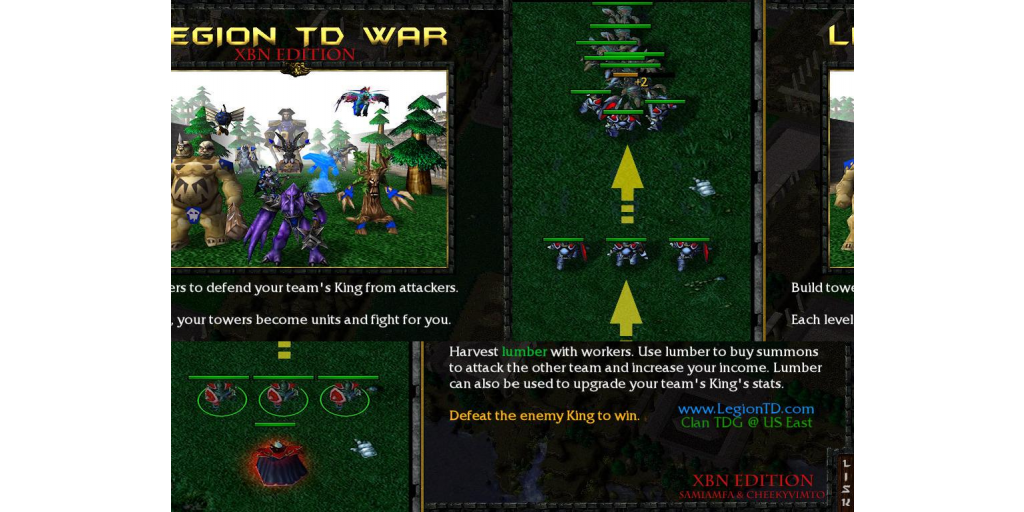

Gameplay could be defined as the combination and interaction of many elements of a game. Some forms of game mechanics have been used in games for centuries, while others are relatively new, having been invented within the past decade. The interaction of various game mechanics in a game determines the complexity and level of player interaction in the game, and in conjunction with the game's environment and resources determine game balance. In general, the process and study of game design are efforts to come up with game mechanics that allow for people playing a game to have an engaging, but not necessarily fun, experience. Īll games use mechanics however, there are different theories as to their ultimate importance to the game. Some competing definitions include the opinion that game mechanics are "systems of interactions between the player and the game", that they "are more than what the player may recognize, they are only those things that impact the play experience", and "In tabletop games and video games, 'game mechanics' are the rules and procedures that guide the player and the game response to the player's moves or actions". There are no concrete accepted definitions of game mechanics. A game's mechanics thus effectively specify how the game will work for the people who play it.
#MAP WARCRAFT 3 POKEMON DEFENSE HOW TO#
A rule is an instruction on how to play, a ludeme is an element of play like the L-shaped move of the knight in chess. In tabletop games and video games, game mechanics are the rules or ludemes that govern and guide the player's actions, as well as the game's response to them. ( Learn how and when to remove this template message) ( December 2008) ( Learn how and when to remove this template message)

Statements consisting only of original research should be removed. Please improve it by verifying the claims made and adding inline citations. This article possibly contains original research.


 0 kommentar(er)
0 kommentar(er)
